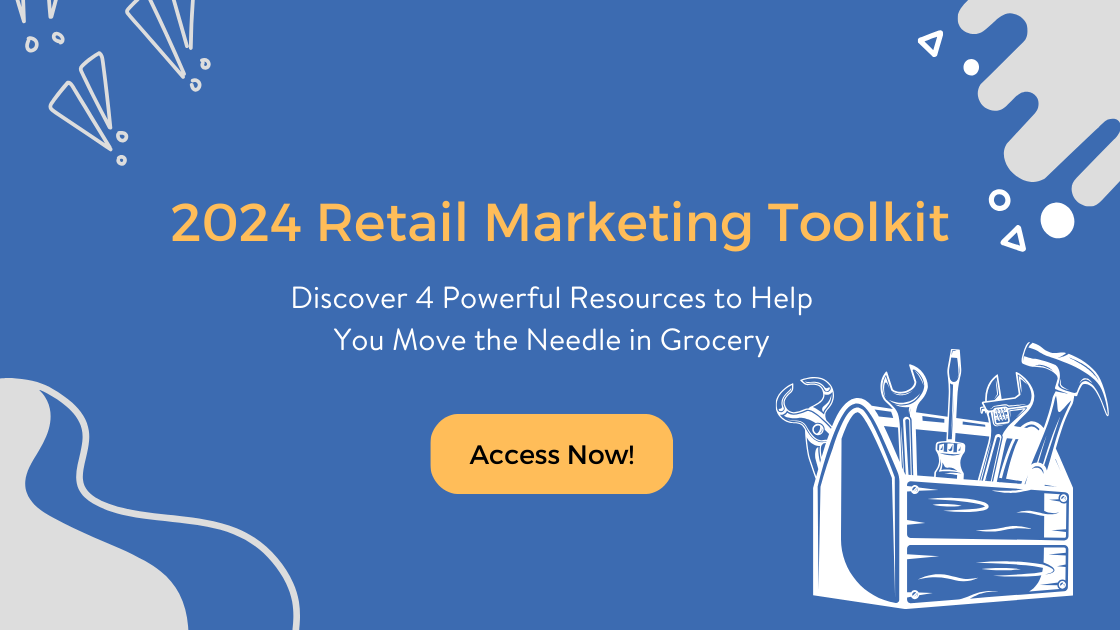It’s no secret that the retail landscape is changing. With the rise of eCommerce, traditional brick-and-mortar stores are struggling to stay afloat. However, those retailers who can adapt and embrace digital or omnichannel shopper marketing plans are finding success.
So, what is shopper marketing, and how can a shopper marketing plan create an intuitive, fun path to purchase for your consumers. Our retail brand partners have quickly discovered that there are various consumer engagement methods that can be used to engage shoppers, increase sales and boost the bottom line.
How does shopper marketing differ from other types of marketing?
Shopper marketing is a niche marketing service focused on influencing shopper behavior. It considers the shopper’s journey from when they become aware of a product or service to when they make a purchase. This type of retail marketing focuses on understanding the shopper’s needs and desires and then creating an experience that meets those needs.
Shopper marketing is different from other types of marketing due to the following reasons:
- It focuses more on the shopper’s journey and experience.
- It often uses data to understand shopper behavior and then creates targeted campaigns based on that behavior.
- It generally employs more experiential tactics such as in-store events and demonstrations to engage shoppers.
Before creating a shopper marketing plan, you need to understand your target audience. Who are they? What motivates them? What are their needs and desires?
You can only start developing the ideal consumer experience that meets your prospect’s demands once you have a solid grasp of who they are. To do this, you might conduct surveys, interviews, focus groups and social media monitoring.
Creating a path to purchase for your shoppers
Once you’ve distilled that target audience data and understand who your shoppers are and what motivates them, you can begin to create a path to purchase. According to Harvard Business Review, more than 70% of retail consumers use more than one shopping channel. It means building a seamless, omnichannel shopper experience is essential. Basically, you must ensure that your shopper marketing plan considers all channels and how they work together.
Some common touchpoints in the shopper journey include:
- Advertising and promotions
- In-store displays and signage
- Packaging design
Instapage states that 75% of consumers are more willing to purchase from retailers who remember them or offer products based on their past behavior. Go the extra mile for your clients by providing recognition – it’ll go a long way.
Various consumer engagement tactics to increase sales
Once you have a solid understanding of shopper marketing and have created a strategic path to purchase, it’s time to implement various consumer engagement tactics. These are experiences and activities that will engage and motivate shoppers to buy your product or service.
Customer engagement tactics that are frequently used include:
- Coupons and discounts
- Consumer promotions
- Social media campaigns
- Loyalty programs
Shopper marketing is a critical strategy that all retailers should use to stay competitive in today’s landscape. By understanding shopper behavior and using shopper marketing tactics, you can increase sales, boost your bottom line and develop a better shopper experience.
Add our shopper marketing agency experts to your team
If you’re looking for a creative marketing agency to bolt onto your team and enhance your shopper marketing strategy, look no further than Cliffedge Marketing.
We are a marketing agency that specializes in the niche of retail and consumer engagement, and we work with our clients to develop custom, innovative solutions. We also understand how and when to use various consumer engagement tactics to improve sales and profitability.
Start a conversation – or just book a quick call directly with our team to ask any questions or request specific case studies.



